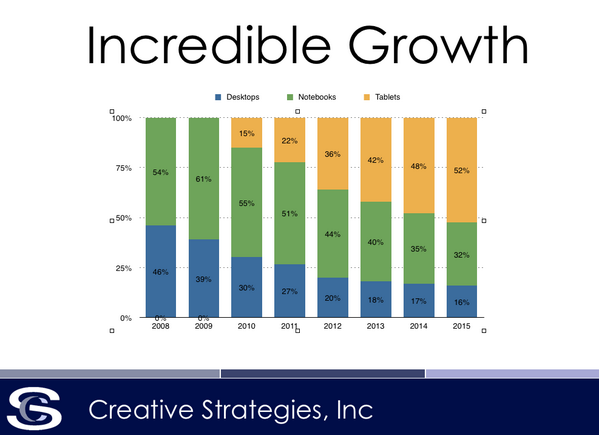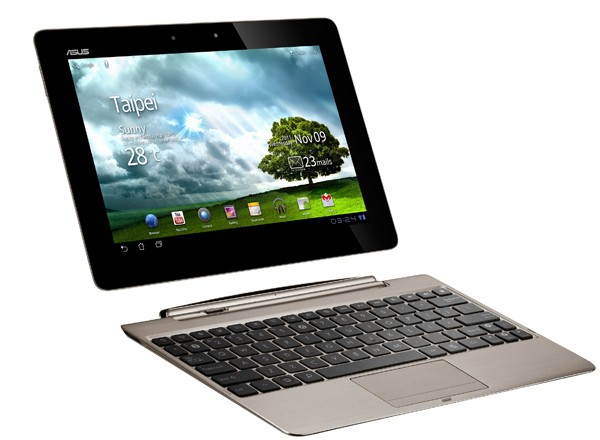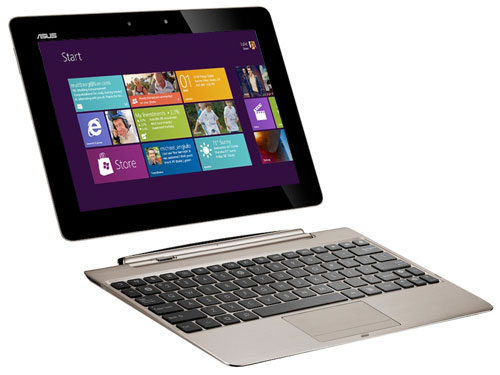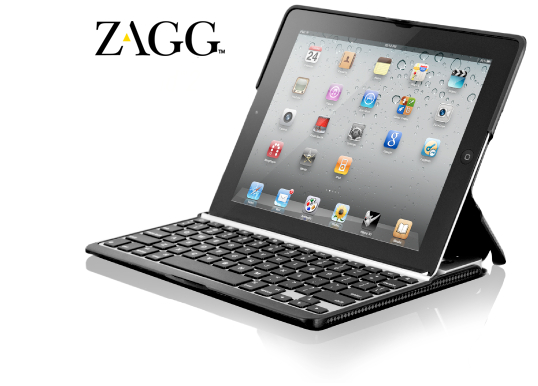 As I read other’s thoughts on personal computing, I am sometimes struck by the fact that we tend to view the world the way it was rather than the way it is. Not only are we not good at seeing the future of personal computing, we’re not even very good at seeing its present.
As I read other’s thoughts on personal computing, I am sometimes struck by the fact that we tend to view the world the way it was rather than the way it is. Not only are we not good at seeing the future of personal computing, we’re not even very good at seeing its present.
With that in mind, I thought I’d take a look at some of the new pieces of the personal computing puzzle – smartphones, tablets, hybrids and phablets – in order to speculate on how those pieces might be fitting together in new and changing configurations.
Zero Computers
Hard as it may be for us to believe, most of the world – residents of third world countries, children, seniors and those who simply have no interest in computing – still don’t own even a single computing device. (Believe it or not, my thirty-something next-door neighbors do not own a computer.) But this is all rapidly changing.
The smartphone is allowing millions upon millions of former non-users to put the power of the computer in their pocket. The smartphone is small, relatively inexpensive and more powerful than the computers that were used to land men on the moon. Further, the introduction of the touch user interface has made computing more accessible to the young, the old, the computer illiterate and the computer phobic.
“In the fourth quarter of 2012, mobile PC shipments decreased 11 percent while desktop PC shipments declined 6 percent year-on-year,” said Isabelle Durand, principal research analyst at Gartner.
We are inundated with stories of how computer sales are declining. But those are desktop and laptop sales. Sales of personal computing devices – phones and tablets – are booming.
Takeaway #1: Personal computing is growing and growing rapidly.
One Computer
Yesterday, if you only had one computer, that computer was likely to be a desktop. Or possibly a laptop.
Today, if you only have one computer, that computer is likely to be a smartphone. The power of the internet, email, texting, phoning, etc. – all in your pocket, all for a relatively reasonable price. People from the remotest portions of the globe are using smartphones to conduct business and enhance their personal lives.
Tomorrow, if you only have one computer, that computer may be a tablet. A tablet with a dumb phone (data free, no monthly payment) is a powerful combination. The tablet is less portable than the phone but its added battery life and screen size makes it a formidable stand-alone computer.
Takeaway #2: The first computer that most people will own is likely going to be a phone or a tablet, not a laptop or desktop.
Two Computers
In the past, many of us used to own both a desktop and a laptop computer. As laptops came down in price and increased in power and portability, most moved away from desktops and toward laptops as their one and only computing device.
Today, the laptop and smartphone combination is extremely popular – the laptop for our heavy duty computing and the smartphone for computing on the go.
In the future, the two-computer combination of choice will be the smartphone and the tablet. Both the phone and the tablet have the same touch operating system so the learning curve is almost nonexistent and data transfer is a breeze.
Hard as this may be for geeks like us to fathom, the tablet is all the high-end computer that most people need. Spreadsheets like Excel and heavy-duty word processing programs like Word might be de ri·gueur in the Enterprise, but they are anathema to the average computer user. Asking most computer users to buy a laptop or desktop is like asking a gardener to buy a backhoe in order to do their gardening. A backhoe is indispensable for professional construction workers – but most of us aren’t professional construction workers and most of us aren’t professional accountants, programmers or page layout designers either. We don’t need professional computers to do the work we most often do. We just need what works.
As an aside, I am intrigued by the idea of a computer watch and tablet combination. The watch would serve the purpose of making and taking calls, texts, short emails, etc, notifying us of incoming and upcoming events, allowing us to see small snippets of text, graphics and videos, allow us to use voice input when voice input is appropriate and allow us to rapidly reference programs that rely on geofencing and geolocation.
No one is even proposing such a device at this time. I only mention it because I can easily see how such a watch would take care of our low end, on-the-go, computing needs while our tablets would handle the rest of our computing tasks. Whatever the computer watch turns out to be, if anything, I’m sure that it will be as different from what I envision as the long-expected iPod phone differed from the iPhone that Apple finally provided us.
Takeaway #3: The phone and the tablet may be all the computing power that many will ever need.
Three Or More Computers
For those of us capable of purchasing three or more computing devices, the most obvious solution is some combination of smartphone, tablet and laptop or desktop.
If you had told me in 2005 that people would be buying three or more computing devices, each costing $500 and up, I would have argued against it. First, it would be cost prohibitive. Second, it would be counter-intuitive. People want convenience, not complexity. Why buy several devices when one will do?
Yet today we’re moving more and more toward a multi-screen world and – I would argue – more and more away from multi-purpose hybrids. We’re moving toward several computing tools that do specific things well rather than a single tool that tries to do everything well. How can this be?
As to cost, well, we pay for what we value. Smartphones and tablets do some tasks much, much better than laptops and desktops do. It’s not a question of paying for three computing devices. It’s a question of paying for three tools that excel at performing three very differing tasks.
A gardener buys both a shovel and a trowel because they perform very different tasks. He doesn’t regret the fact that he is buying two shovels — one large and one small. He focuses on what he is trying to accomplish, not on how he can use a shovel as a trowel or a trowel as a shovel.
As for convenience, well, it’s perfectly reasonable to think that we should have one computer perform all of our computing tasks. It’s perfectly reasonable – and perfectly inaccurate.
Notebooks and laptops, like shovels and trowels, do very different things. Trying to get one computer to perform both purposes provides us with a compromise, not an acceptable solution. Swiss Army knives are very useful on a camping trip. But when we’re not camping, we use spoons, forks, knives, corkscrews, etc., not a Swiss army knife. Similarly, a hybrid is useful if we’re in a situation where we’re forced to use only one device. Only most of us are never in that situation anymore.
“Tablets have dramatically changed the device landscape for PCs, not so much by ‘cannibalizing’ PC sales, but by causing PC users to shift consumption to tablets rather than replacing older PCs,” said Mikako Kitagawa, principal analyst at Gartner. “Whereas as once we imagined a world in which individual users would have both a PC and a tablet as personal devices, we increasingly suspect that most individuals will shift consumption activity to a personal tablet, and perform creative and administrative tasks on a shared PC. There will be some individuals who retain both, but we believe they will be exception and not the norm. Therefore, we hypothesize that buyers will not replace secondary PCs in the household, instead allowing them to age out and shifting consumption to a tablet.”
This is a fascinating observation. Today, most view laptops and desktops as the one and only possible computing solution. There are even vicious fights on the internet in which commentators passionately deny that tablets are even personal computers at all.
But what about tomorrow? Tomorrow we’ll live in a world where tablets are our 1-on-1 devices and laptops and desktops are shared because of their cost and limited uses.
Takeaway #4: Our computing devices are diverging, not converging. We’re not looking for one tool to do it all, we’re looking to use the tool that best fits the task at hand.
Conclusion
None of this may seem controversial to you…or ALL of this may seem controversial to you. To me, the things I’ve stated are so obvious as to border on the trite. Yet I recognize that many – and probably most – do not share my views. Today we have many new personal computing pieces. How these pieces fit together will determine the future of computing. It’ll be fun to see what this puzzle looks like when it’s finally put together.


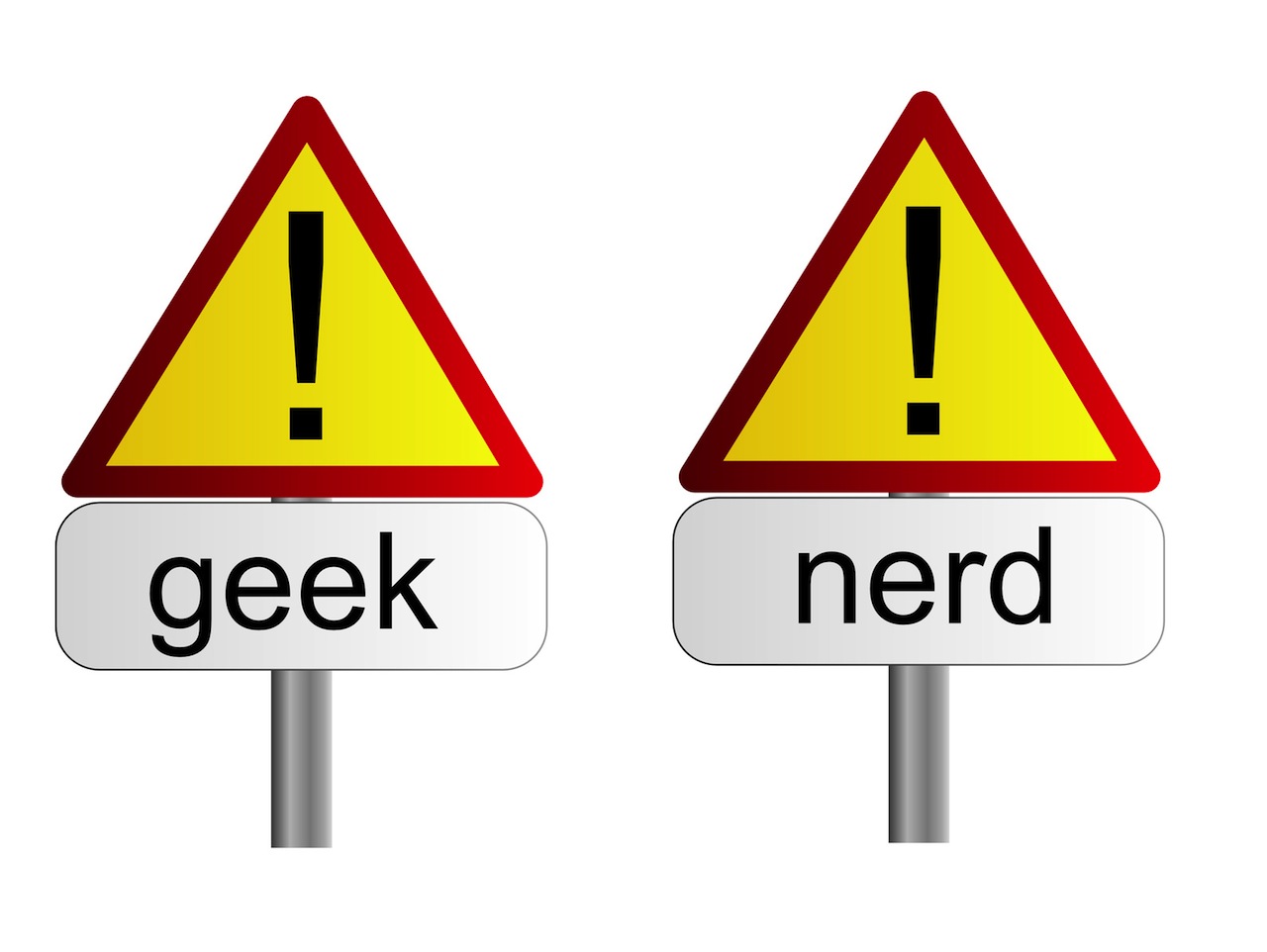
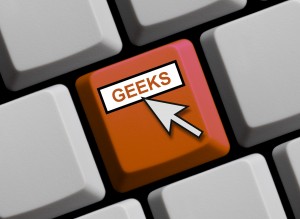 Agreed.
Agreed.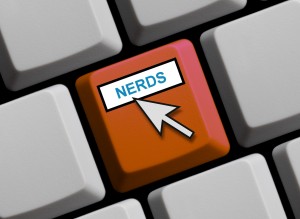
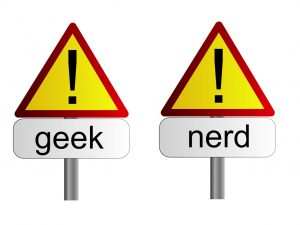 I define the word “Geek” as, well, pretty much anyone who is reading (or writing) this article. We’re not like real people.
I define the word “Geek” as, well, pretty much anyone who is reading (or writing) this article. We’re not like real people. 